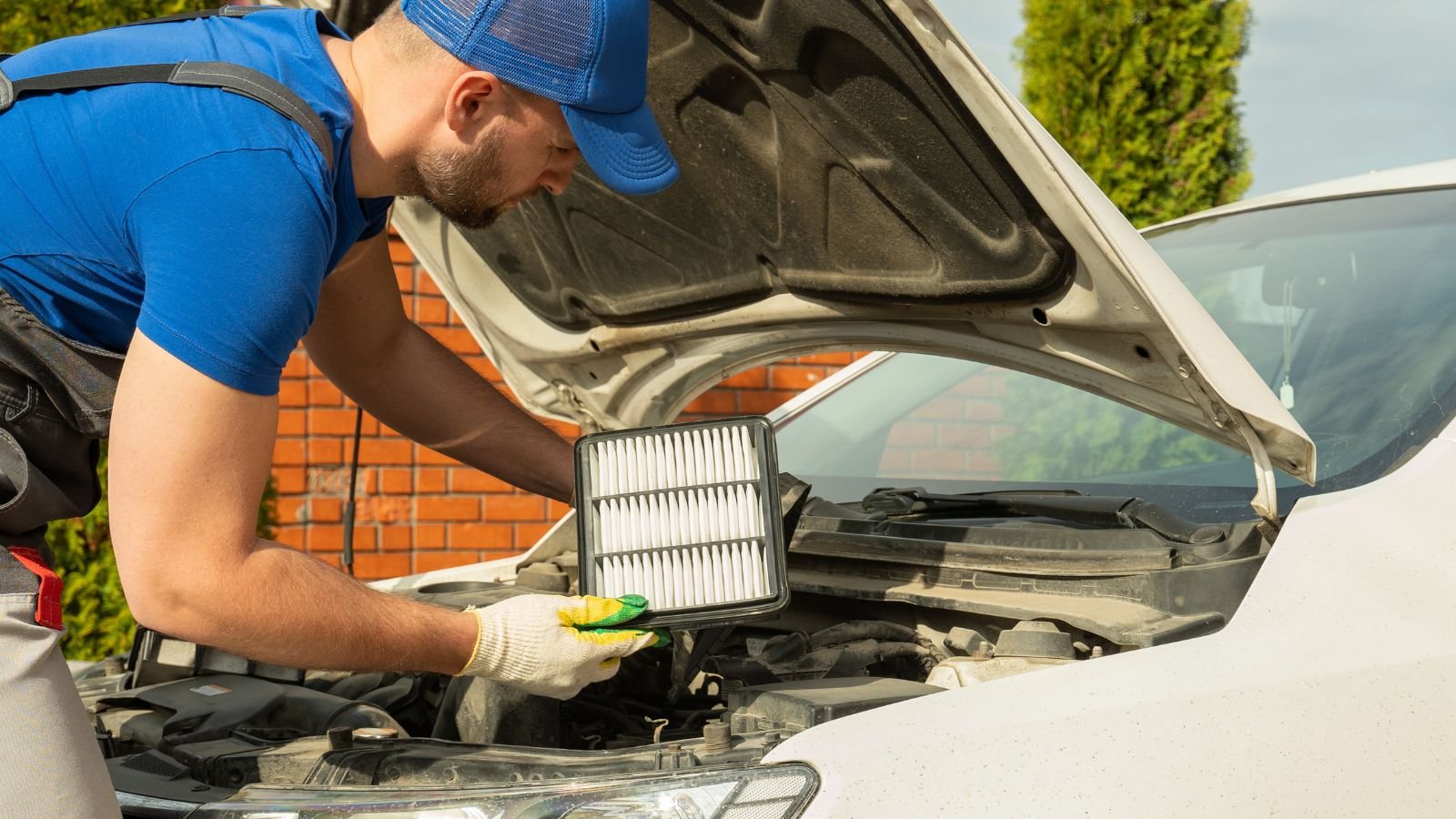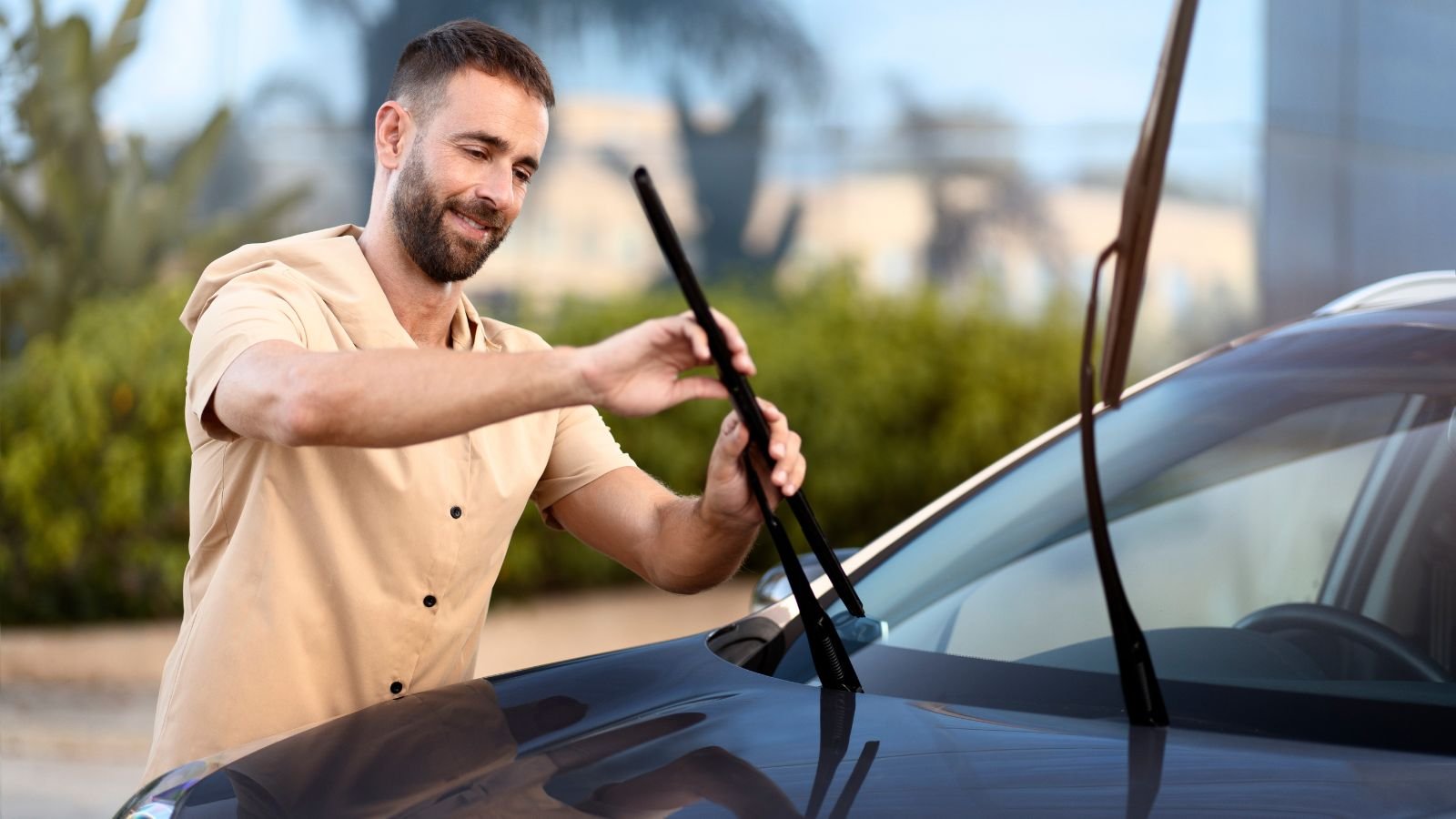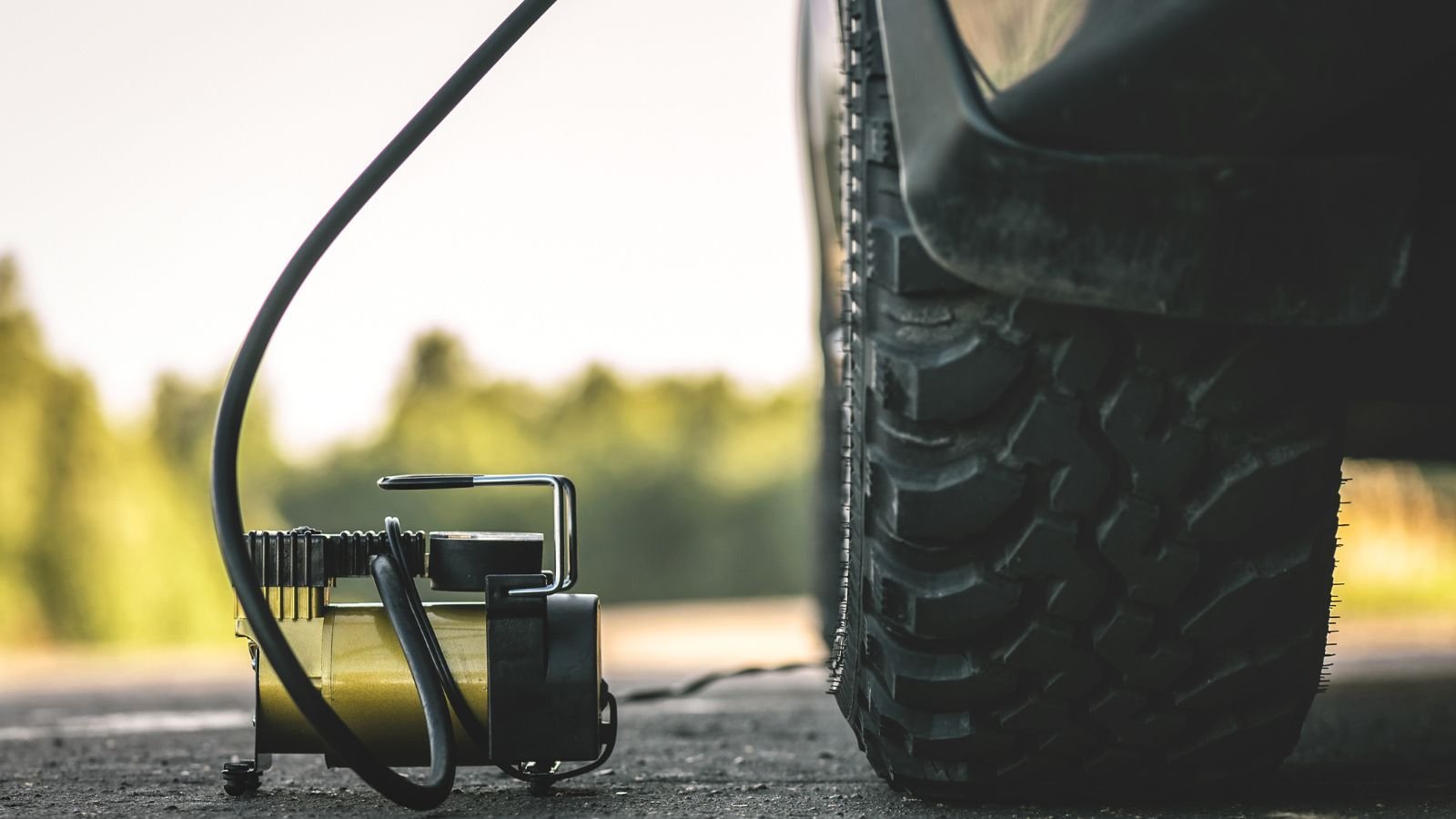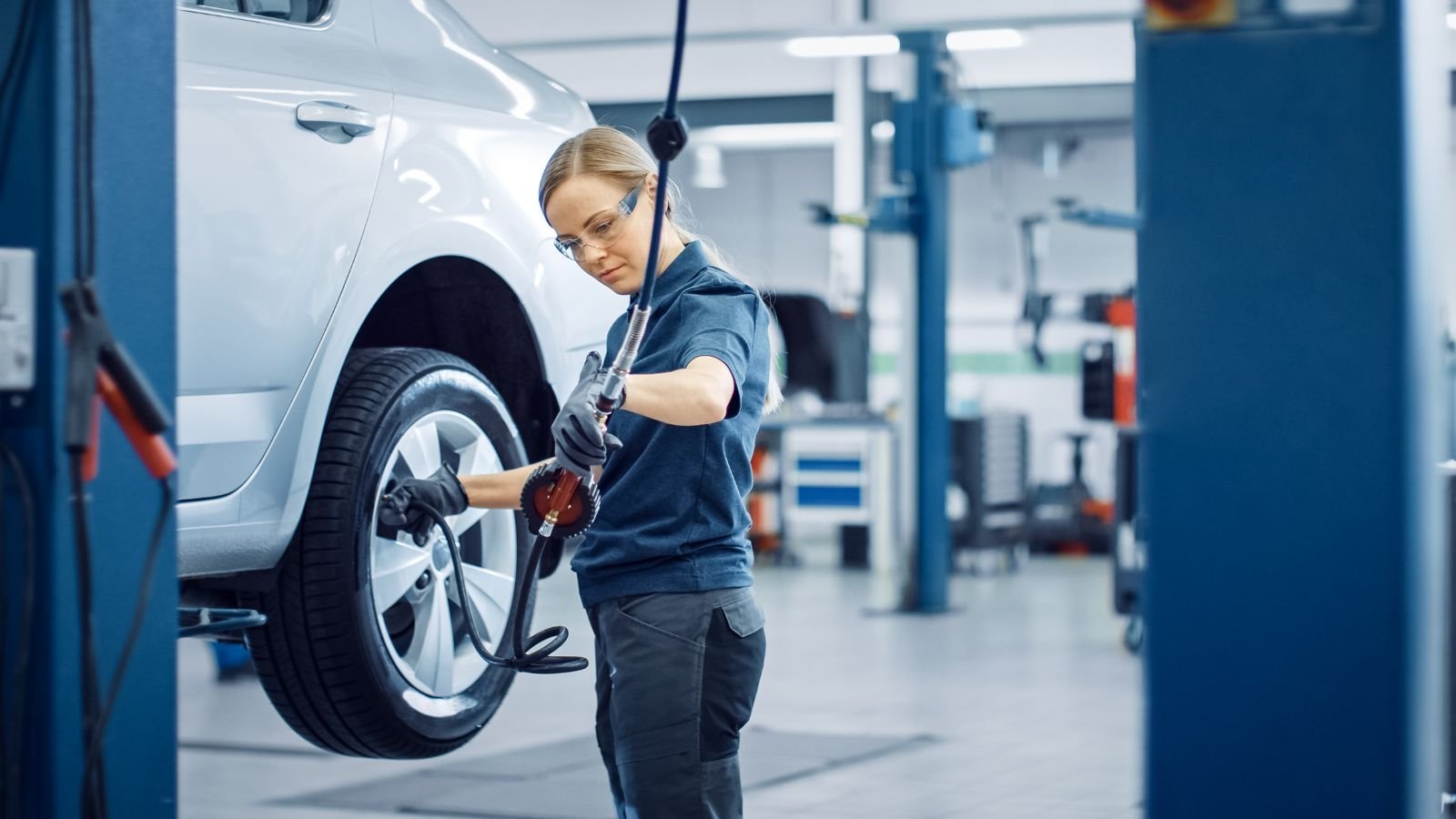You don’t always have to visit a mechanic to keep your car in good shape. You can handle many tasks independently, saving time and money. Simple tasks like changing the oil, replacing air filters, checking and topping up fluids, and swapping out spark plugs can be quickly done with basic tools and minimal expertise.
Here, we will discuss some interesting car maintenance tasks that you can easily carry out yourself without any hassle.
Changing The Car’s Engine Oil

Changing your car’s oil is one of the most straightforward DIY maintenance tasks that can greatly enhance your engine’s performance. To do it yourself, start by warming up the engine for a few minutes to make the oil flow more easily. Park your car on a flat surface, and use a jack to lift it securely. Position a container beneath the oil drain plug, then take the plug out to allow the old oil to flow out. After it drains, reinsert the plug and remove the old oil filter.
Air Filter Replacement

Replacing your car’s air filter is a simple yet effective way to improve its performance and fuel efficiency. According to a study report, swapping out a clogged air filter can boost fuel efficiency by up to 10 percent. Additionally, a clean air filter helps protect the engine from dust and debris, which can cause wear and tear over time.
Windshield Wiper Replacement

Replacing windshield wipers is a simple yet crucial maintenance task that ensures clear visibility in bad weather.
According to the National Highway Traffic Safety Administration (NHTSA), around 20% of all vehicle accidents in the U.S. are weather-related, highlighting the importance of good wiper function. You should replace your wiper blades every six to twelve months, depending on how often you use them and the weather conditions.
Battery Check

Performing routine battery maintenance is essential for reliable car starts. Regularly cleaning the battery terminals and monitoring charge levels helps prevent sudden breakdowns.
According to a report by AAA, battery-related issues are one of the top reasons for roadside assistance calls, accounting for nearly 30% of all service requests. Getting your car’s battery checked by yourself is very easy and manageable.
Tire Pressure Check

Constantly checking your tire pressure is highly recommended for maintaining safety and enhancing fuel efficiency. Properly inflated tires enhance handling and braking and extend tire life. Make it a routine to check your tire pressure every month, especially before taking extended trips.
Use a reliable tire pressure gauge to ensure your tires are inflated to the manufacturer’s recommended levels, usually found on a sticker inside the driver’s door or in the owner’s manual.
Tire Rotation

Tire rotation is a simple yet crucial maintenance task that involves moving the tires from one position on the car to another, such as front to back or side to side.
This helps ensure even wear on all tires, extending their lifespan and improving overall performance. Changing the positions of your tires regularly can extend their life by up to 20%. This not only saves you money on replacements but also enhances your car’s handling and safety.
Spark Plug Replacement

Replacing spark plugs is a simple yet crucial maintenance task that ensures your engine runs efficiently. As spark plugs age, they may deteriorate, resulting in decreased engine performance, lower fuel economy, and challenges with starting your vehicle.
According to the National Institute for Automotive Service Excellence, faulty spark plugs can decrease fuel efficiency by up to 30%. It’s straightforward to replace them on your own; usually, all you need is a socket wrench and a spark plug socket.
Headlight/Tail Light Replacement

Replacing headlights and taillights is an essential DIY car maintenance task that enhances driving safety. Fortunately, changing these lights is straightforward.
For example, replacing a headlight bulb typically takes around 10-15 minutes and can cost as little as $10-$20 per bulb. Properly functioning headlights and taillights ensure you see the road clearly and that other drivers see you, significantly reducing the risk of accidents.
Brake Pads Check

Regularly checking your brake pads is crucial for your car’s safety and performance. Worn-out brake pads can significantly increase stopping distances and reduce braking efficiency.
The National Highway Traffic Safety Administration (NHTSA) reports that approximately 22% of car accidents in the United States are due to brake-related problems. It’s recommended to inspect brake pads every 12,000 miles or annually.
Coolant Level Check

Confirming your car’s coolant level is basic to maintain a strategic distance from overheating and is very simple to do. Begin by ensuring the engine has cooled down before you pop the hood. Find the coolant reservoir, typically a clear container positioned close to the radiator. The tank has minimum and maximum markers. If the coolant is below the minimum, add a 50/50 mix of coolant and water up to the maximum line. Regularly checking and maintaining the coolant level helps keep your engine running smoothly.
Changing The Cabin Air Filter

Changing the cabin air filter is a simple task that improves the air quality inside your car and ensures the HVAC system works efficiently. The filter is usually found behind the glove box or under the dashboard. Open the glove box, disconnect the latches, and remove the old filter. Insert the new filter, making sure it’s positioned correctly, as indicated by the arrows on the filter. Put the glove box back in place, and your task is complete.
Checking Belts and Hoses

Checking belts and hoses is a simple yet crucial part of car maintenance you can handle yourself. To do this, first, ensure the engine is off and cool. Locate the belts and hoses under the hood. Look for any cracks, fraying, or wear on the belts and ensure they are tight, but not too tight. For hoses, squeeze them gently to check for any soft spots or bulges, which can indicate weakness. Consider replacing if there are damages.
